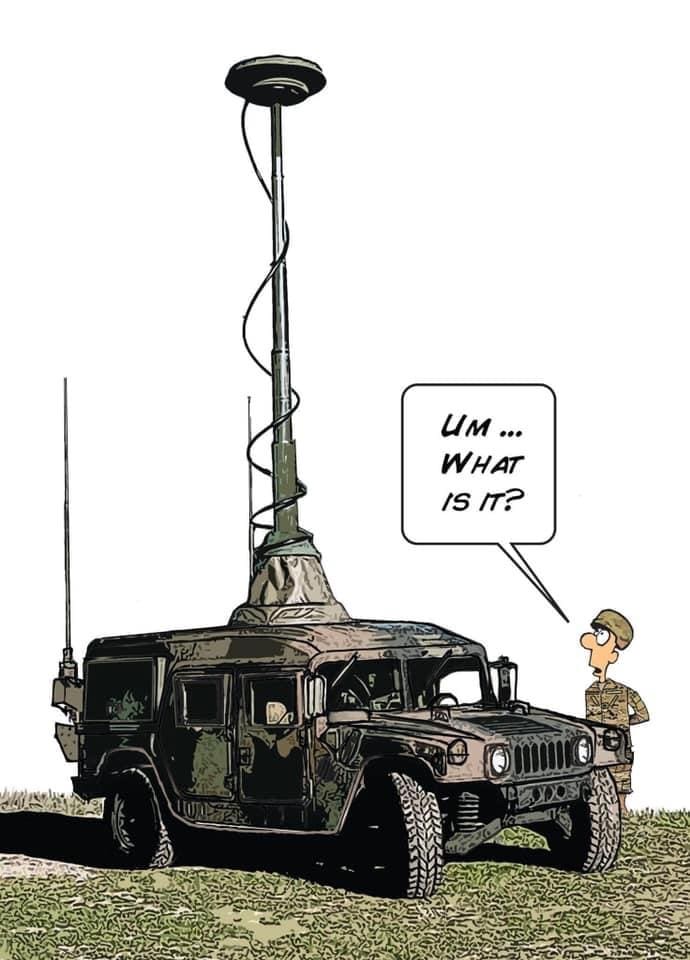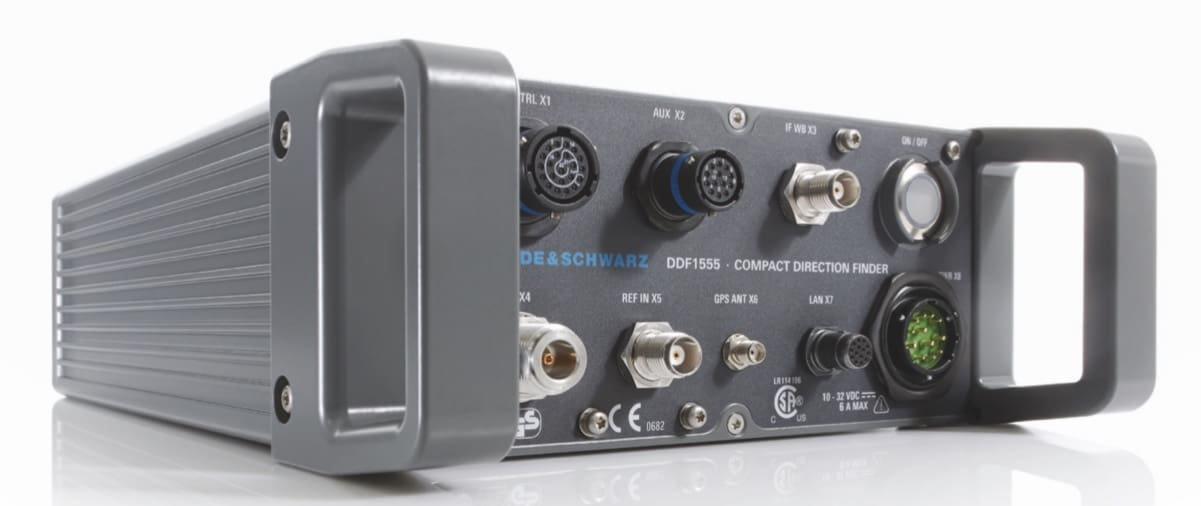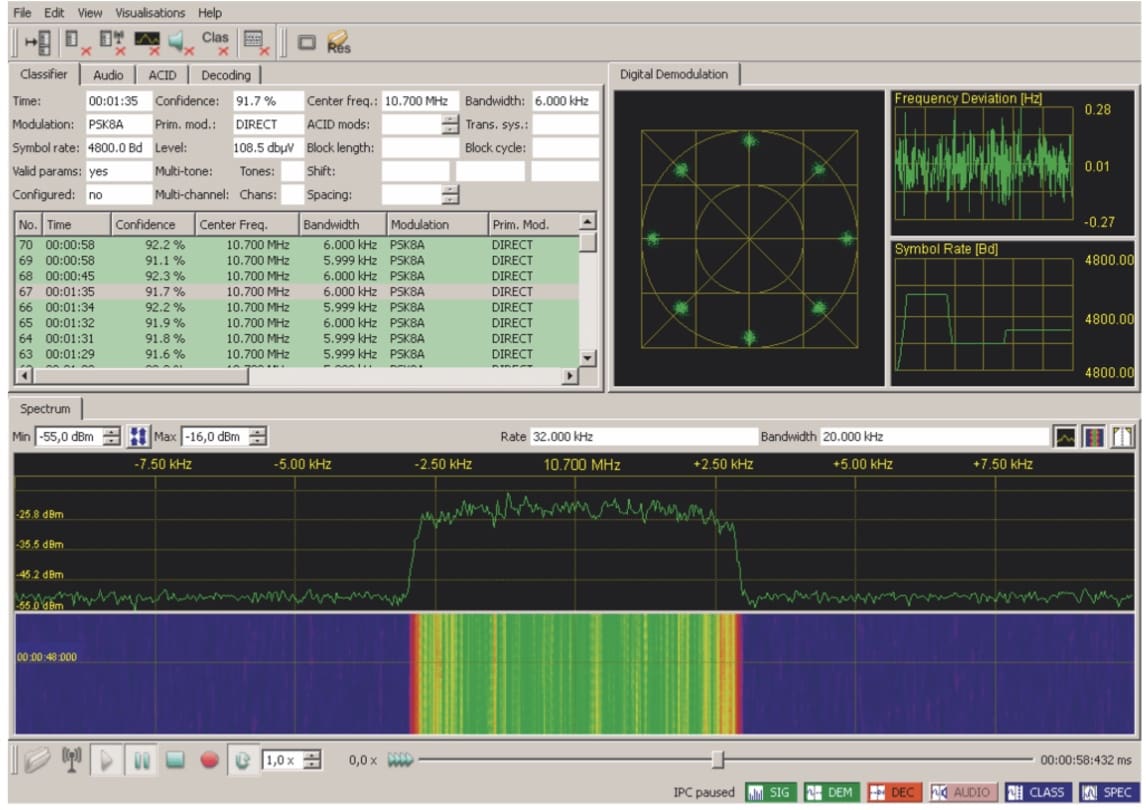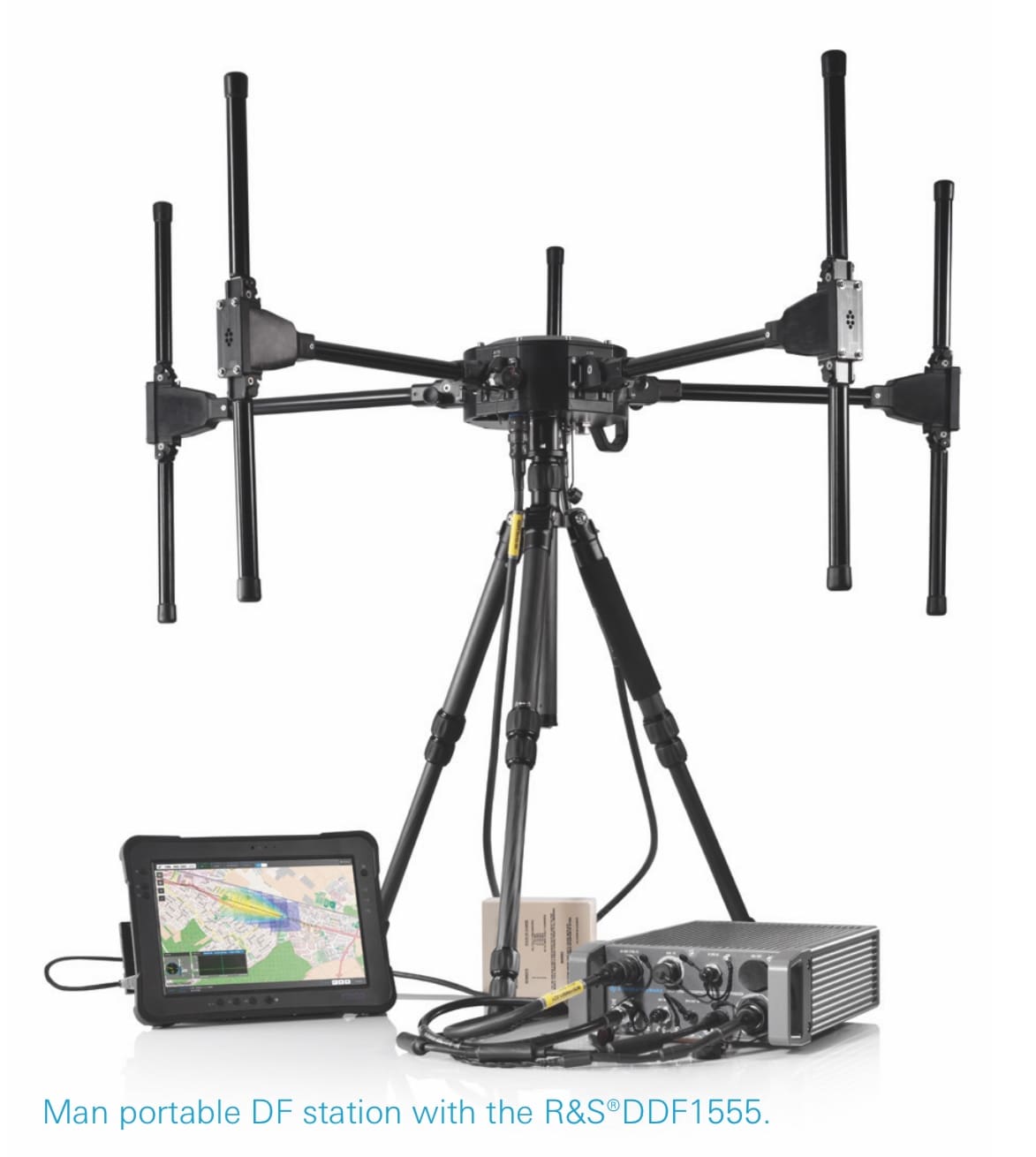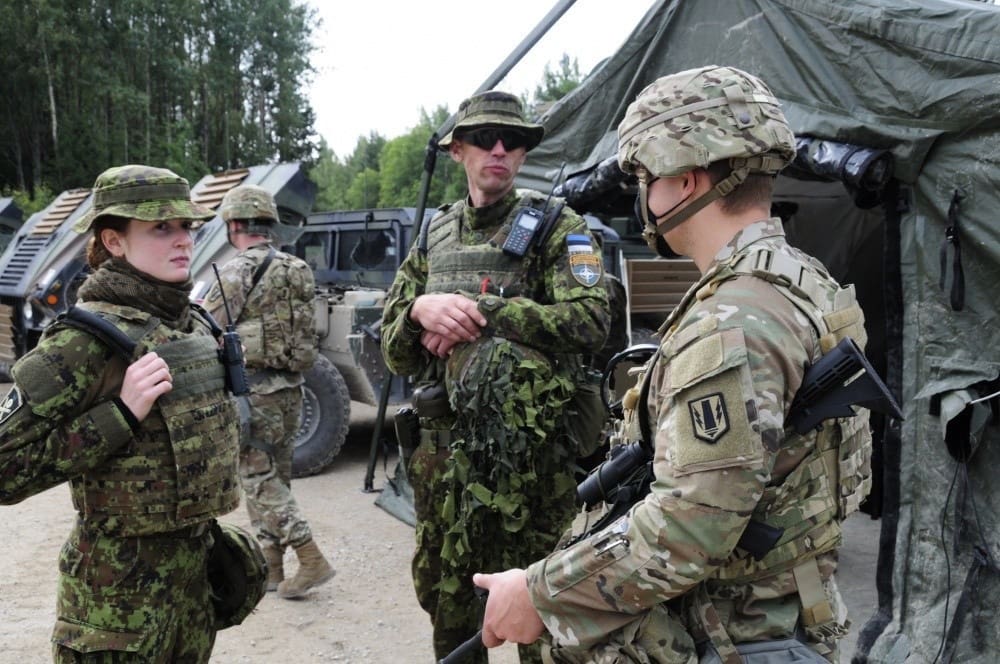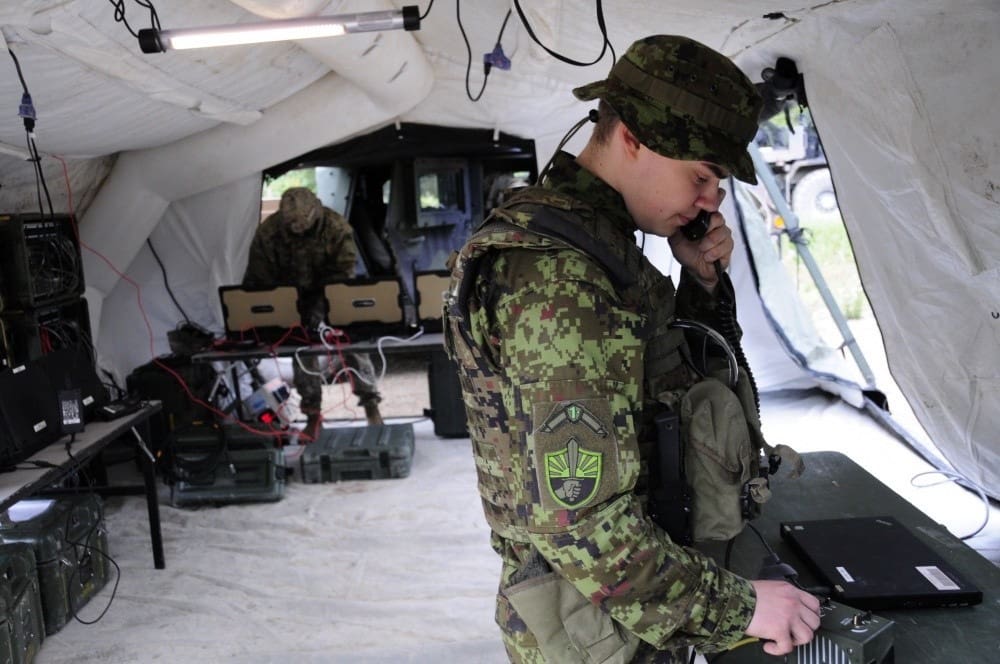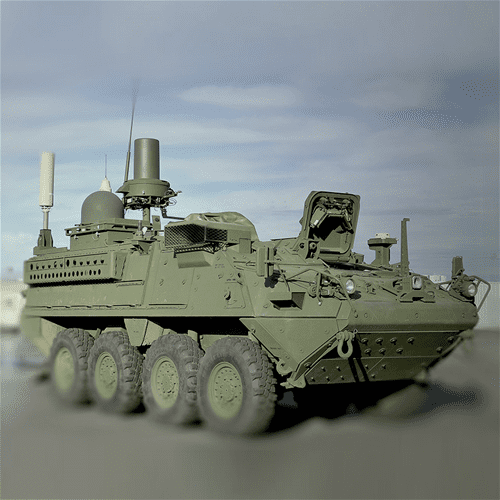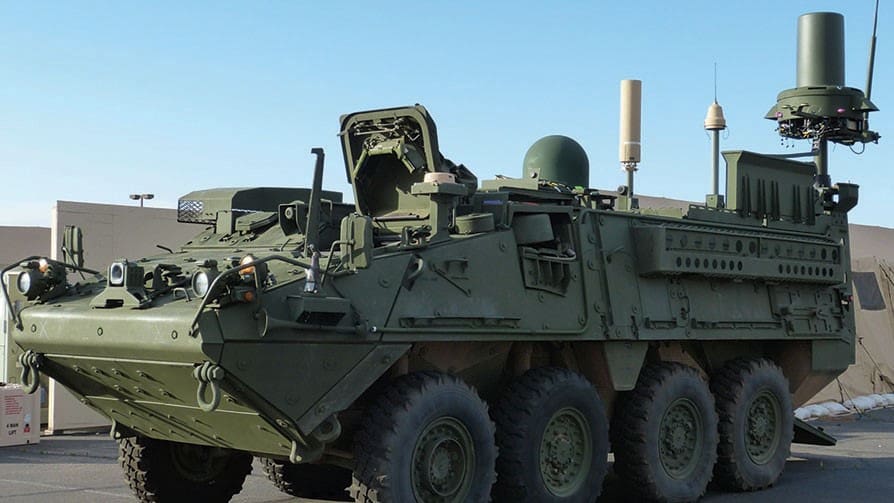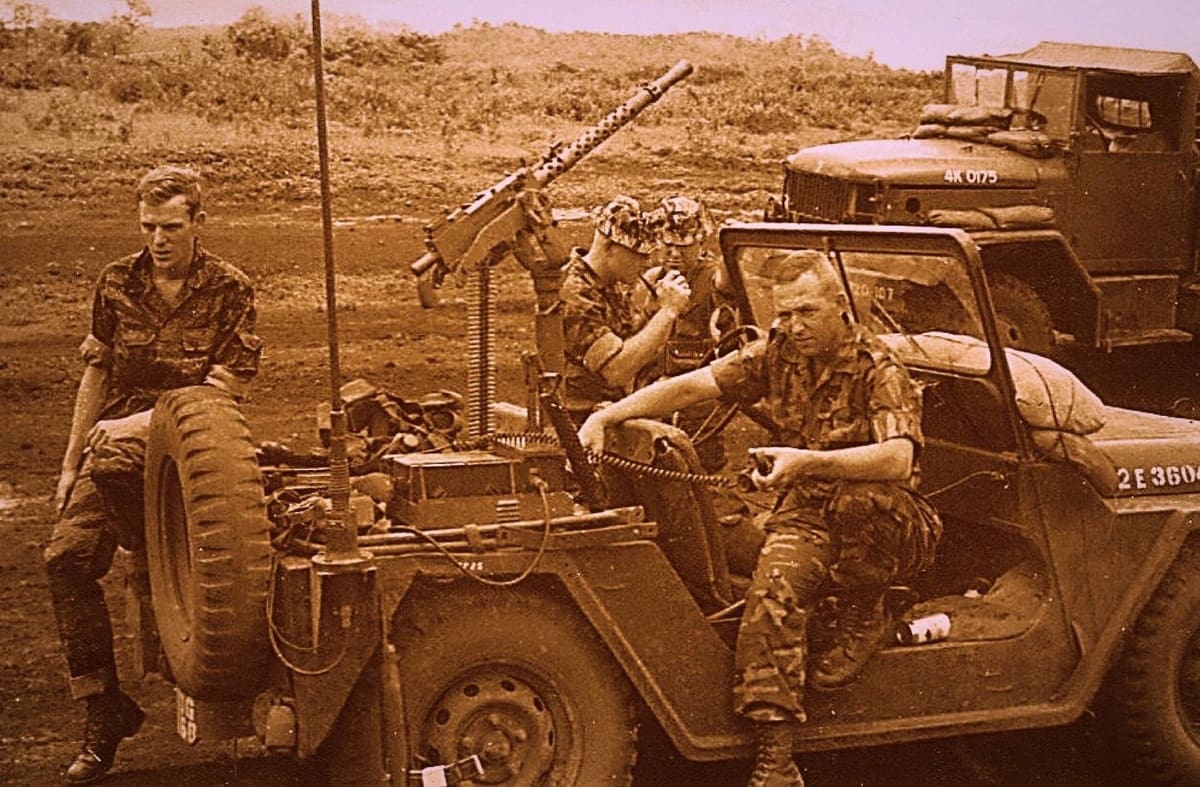High-performance application for protecting IT data networks takes first prize
Rheinmetall’s work in the field of cybersecurity received a special accolade at the Innovation Conference 2020, an event staged by CODE, a research institute with close ties to the Bundeswehr. The Innovation Conference coincided with CODE’s annual meeting at the University of the Bundeswehr in Munich, which this year took place online.

Thanks to an innovative solution for protecting data networks, Rheinmetall vanquished a total of 37 competing contributions to take first prize. “Moving Target Defence in Micro-Segmented Zero-Trust Networks” was the title of the award-wining contribution prepared by the expert team of the Cybersecurity business unit of Rheinmetall Electronics GmbH in Bremen, Germany. Technically speaking, the winning contribution is based on the application “Rheinmetall Security Appliance”, or RhSA, which the company developed to protect highly sophisticated IT infrastructures from cyberattacks.
A central feature of the Rheinmetall Security Appliance is the “Moving Target Defence” function, which can significantly enhance the security of networks. In essence, Moving Target Defence replaces real IP addresses with virtual ones, thus preventing attackers from reconnoitring individual end points for their attacks, creating virtually insurmountable barriers to any attack.
This highly topical issue seized the attention of the jury, which comprised representatives of various Bundeswehr institutions (Centre for Geoinformation); the German Ministry of Defence (Cyber/Information Technology department); the research institute CODE; and the Koblenz-based Federal Office for Bundeswehr Equipment, Information Technology and In-Service Support, or BAAINBw.
Following a careful review of all of the contributions submitted, Lieutenant General Michael Vetter, head of the Cyber/Information Technology department at the Federal Ministry of Defence, proclaimed the Rheinmetall team the winner of this year’s competition.
Though endowed with a jackpot of €15,000, the real prize was the chance to engage in in-depth discussions with experts from the Bundeswehr, for whom warding off cyberattacks is a top priority. In 2017 the Bundeswehr established an independent military organization to take on this mission, Cyber and Information Space. In the view of the German government, digital sovereignty, that is to say, “Security made in Germany”, is particularly important in this context.
As Matthias Lindenberg, head of the Cyber Solutions business unit at Rheinmetall, puts it, “The award obviously represents a huge success for our team, one that spurs us on to achieve bigger and better things. We’re very pleased that our innovative “Moving Target Defence” approach won the prize and caught the attention of the Bundeswehr experts. We’re convinced that we can be a powerful, reliable partner of the Bundeswehr in the realm of cyber defence, and especially the German military’s Cyber and Information Space Command. But we also offer attractive solutions to the civil sector for protecting highly complex networks.”

For Rheinmetall, a new strategic line of business: Cyber Defence Rheinmetall has been addressing questions relating to IT security for a number of years now, and has since declared Cyber Defence a strategic area of activity. To enable systematic marketing of the Rheinmetall Security Appliance and the expansion of our cybersecurity portfolio, the Group recently established a new business unit: Rheinmetall Cyber Solutions GmbH of Bremen.
Developed in-house and based on so-called micro-segmentation, Rheinmetall Security Appliance (RhSA) is a market-ready solution for protecting complex LAN and WAN infrastructures of the kind operated by large corporations. During the past year, RhSA has already been successfully tested in a pilot operation by a well-known industrial group, which uses it to protect the networks at one of its largest production plants.
Besides RhSA, the Rheinmetall Cyber Solutions portfolio includes preparation of information security concepts for projects and products as well as development of solutions for practical implementation (e.g. cryptography and hardening measures), plus conducting vulnerability analyses and forensic IT investigations of cyberattacks.
The Group is eager to see Rheinmetall Cyber Solutions GmbH establish itself as an expert technology provider in the military and civil cybersecurity markets.
The CODE research institute
The CODE research institute (Cyber Defence) at the University of the Bundeswehr in Munich was established in 2013. Its mission is to bring together interdisciplinary experts from the sciences as well specialists from the military, business, industry, public authorities, and professional associations representing the fields of information and communications technology, the aim being to promote progress in the realm of cybersecurity.
Tasked with exploring new ways of encouraging the demand-oriented identification and introduction of IT innovations in the German Ministry of Defence’s area of responsibility, the annual Cyber and Information Technology Innovation Conference first took place in 2018. Research foundations, commercial enterprises, government authorities and private individuals can submit and present their innovative ideas here in the field of IT. The best of these earn a prize at the Innovation Conference.


